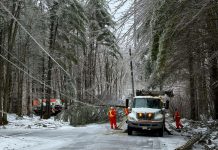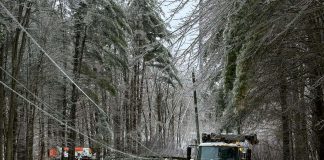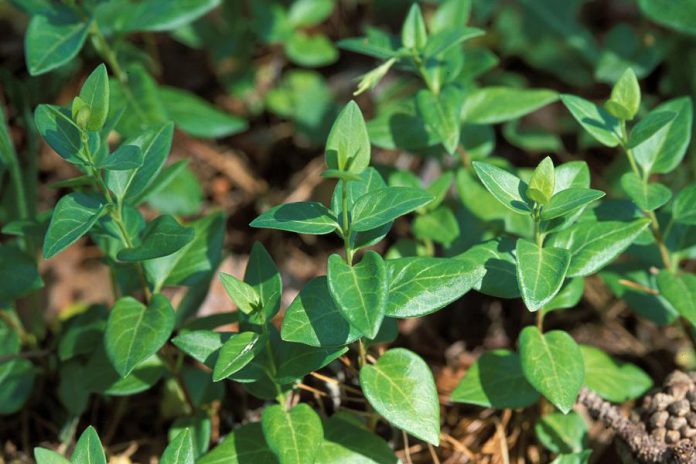
With growing season upon us, many of us are eagerly planting vegetables, annuals, and perennials in our yards.
However, before heading to a nearby nursery or taking a cutting from an attractive plant, consider that some plants are more suitable for our local environment than others.
You may have heard plants being referred to as native, aggressive, or invasive. These terms are important to know when it comes to selecting your plants, but the choices can be difficult to navigate.
“Native species are plants that have been here for such a long time that other plants and animals have evolved, and sometimes adapted, around the existence of the native plant,” explains Vern Bastable, manager of Greenup Ecology Park.
Ecology Park carries a wide selection of native plants, including bee balm, purple coneflower, and wild strawberry. In addition to providing excellent habitat for pollinators, each of these plants has edible and medicinal properties for humans. These plants are perennials, meaning that as long as they are planted properly and regularly watered, they should come back year after year.

Aggressive plants can spread quickly, moving into unintended areas of a garden. But this does not mean they are necessarily affecting the environment in a negative way. For example, the aforementioned wild strawberry is known to spread aggressively through its trailing root system, but its native status and fruit bearing ability make it favourable.
In addition to all the native plants and some not-so-bad aggressive plants in the province, there are plants that are invasive in Ontario. This means they have been brought here from elsewhere in the world, commonly Europe or Asia, and have a known tendency to spread — and even outcompete native species.
“When invasive plants are allowed to establish, they will take over the ecosystem, altering it irreversibly to the detriment of the environment, economy, and social enjoyment,” says Belinda Junkin, executive director of the Ontario Invasive Plant Council. “If invasive plants are allowed to spread uncontrollably, they will become a costly and difficult issue to resolve in the future.”
Invasive species outcompete native plants by growing earlier and faster, and by taking in more nutrients and sunlight than native species. The Invading Species Awareness Program and the Ontario Invasive Plant Council have more information about which plants and animals are considered invasive in the province.
Some invasive species have been intentionally introduced in Ontario for food, or because they are attractive and self-sustaining in garden plots. For example, European buckthorn was planted in fencerows and windbreaks on North American farms in the 1880s. Buckthorn produces bluish black berries. When birds eat the berries, the seeds are quickly and widely distributed through their fecal matter, allowing this plant to proliferate and outcompete shrubs that are native to this area.
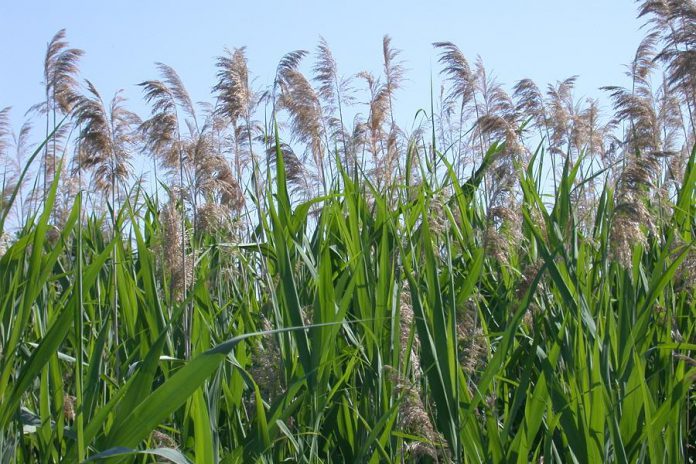
By contrast, other invasive species have arrived unintentionally, such as European Common Reed (phragmites australis). It is unknown how this species arrived in North America from Eurasia. Phragmites is often seen growing along highway ditches or wetland shorelines, and can grow up to six metres (20 feet) tall. This invasive grass is able to spread quickly by seed and through underground shoots.
Densely packed phragmite stems can make it difficult for slow-moving turtles to access wetlands or waterways where they live. Further, this plant emits toxins from its roots that inhibit the growth of other plant species near it, allowing it to proliferate further.
With all of this in mind, you may be wondering what you can do to prevent the spread of invasive plants in Ontario.
First, you can learn which plants are invasive, and be sure to research plants before you take a cutting or purchase them for your yard. The Ontario Invading Species Awareness Program and the Ontario Invasive Plant Council are great resources for learning about these species, which you may not have known are invasive.
For example, periwinkle, goutweed, and English ivy are frequently found at garden centres and sold as ornamental ground covers, but are actually native to Europe and Asia and are extremely invasive here in Ontario.

You can also learn what kind of soil and light conditions you have on your property, and consult the Grow Me Instead: Beautiful Non-Invasive Plants for Your Garden guide for selecting native plants that can beautifully replace the invasive options.
For example, replace invasive periwinkle with native wild ginger, wild strawberry, or mayapple. The guide provides a great list of native swap-outs for the invasive counterparts.
Researchers are monitoring the spread of invasive species. You can help by reporting them online at the EDDMapS (Early Detection & Distribution Mapping System) website.
This reporting app includes images, descriptions, and distribution maps to help you identify invasive species. You can also take your own pictures and use the built-in GPS to quickly report invasive species, right from your location.
You can also get involved in invasive species removal programs through the Invading Species Awareness Program or Ontario Invasive Plant Council.
And consider making a donation to the Ontario Invasive Plant Council. The provincial government has recently cut all of its funding to the council, which is the province’s primary source of information and the coordinating body for invasive plant management and control.
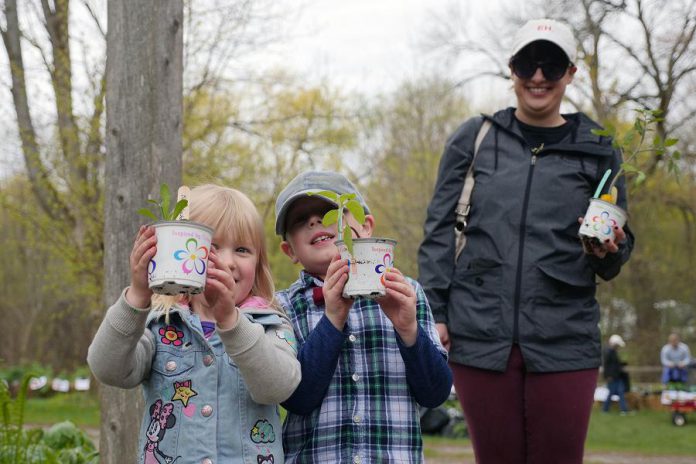
If you’re removing invasive species from your yard, be sure to dispose of them properly. They should not be composted but rather put in the garbage, or used as fuel for your next campfire.
You can also learn to make use of some invasive plants. If you’re pulling garlic mustard plants, you may later add the leaves to salads because this plant is edible. Another great use of an invasive is to make solitary bee houses from invasive phragmites; the stems are hollow and can be bundled to make perfect nesting areas for native bees to lay their eggs.
Enjoy your garden this summer by planting native, locally adapted species that will not only look beautiful but will also showcase our natural heritage.
To purchase a wide selection of native wildflowers, shrubs and trees, visit Greenup Ecology Park at 1899 Ashburnham Drive in Peterborough. The Garden Market is open Thursdays from 10 a.m. to 6 p.m., and Friday through Sunday from 10 a.m. to 4 p.m.
The Ecology Park Plant Catalogue is available at www.greenup.on.ca/plant-category/plant-catalog/.



